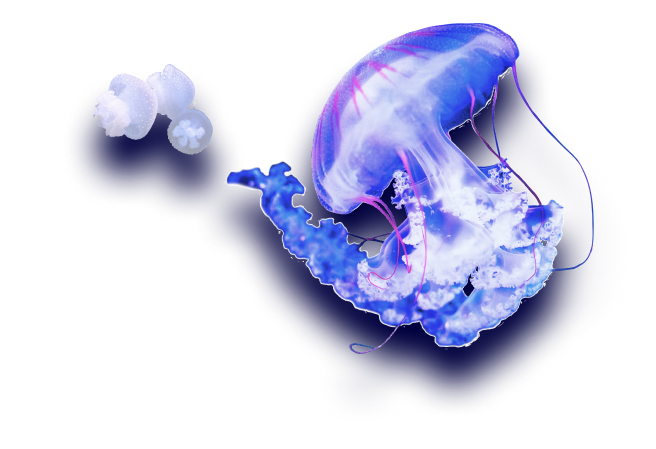Une porte ouverte vers un monde inconnu : An open door to an unknown world
IFREMER commissioned Gilles Martin to produce an exclusive photographic record of the macro- and meiofauna of the abyssal zone as part of the "Pourquoi pas les abysses? (Why not the abysses?) project. For more than three years, he placed a succession of polychaetes, echinoderms, crustaceans, molluscs, and nematodes under his microscope to produce spectacular images of 'creatures' from the depths of the sea, whose existence most of us are still unaware of.
Campagne de recherche sur le « Pourquoi pas ? » : Research expedition on the research vessel "Pourquoi pas?”
Gilles Martin accompanied IFREMER’s expeditions between the Arctic and France on the oceanographic research vessel Pourquoi Pas? It was a unique opportunity to capture images of what is an extraordinary miniature ecosystem. On board, he also filmed and photographed the scientists at work: taking sediment samples using the Oktopus corer at a depth of more than 6,000 metres, preserving the samples, and analysing the DNA found in them in the laboratory.
"What a privilege to be the first photographer to point their camera lens at species that have never before been described by scientists. I’ve been working on species at risk of being lost for over twenty years and what a paradox it is to be photographing species that are now being ‘discovered’”.
Gilles Martin
Presse : Press
Gilles Martin's report on the meiofauna of the abyssal zone was widely published in the international press (Stern, Géo, BBC Wildlife Magazine, XL Semanal, Nexus, Terre Sauvage, Chasseur d’Images, L’OBS, Sciences et avenir, etc.).
Exposition : Exhibition
The ‘Secrets of the Abyss’ exhibition was shown at the Lumexplore international scientific exploration film festival, the XXL Sea Festival, Nausicaá: National Sea Centre, and the Montier-en-Der International Wildlife Photography Festival.
Film :
Produced by IFREMER and directed by Gilles Martin, the film ‘Pourquoi pas les abysses?’ was shown at the Deep Sea Biology Symposium at Océanopolis.Find out more about the ‘Pourquoi pas les abysses?’ (Why not the abysses?) project by scanning the QR code.
